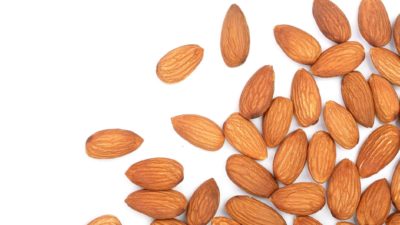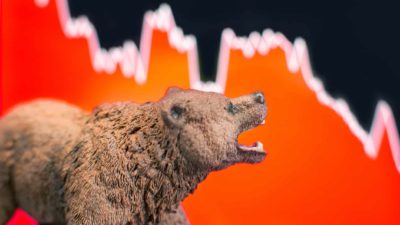The S&P/ASX 200 Index (ASX: XJO) is having its best day in years.
The benchmark index was already up 2.4% at 2:30pm AEDT, following a strong run in US markets overnight.
Then the Reserve Bank of Australia (RBA) announced its interest rate decision.
The RBA opted to lift rates by a rather dovish 0.25% rather than the 0.50% increase markets had widely priced in. And the ASX 200 leapt 1.1% in the following minutes, to currently be up 3.6% for the day.
With the latest increase, the sixth month of rate hikes in a row, Australia's official cash rate now stands at 2.60%.
The central bank first lifted rates from the all-time low of 0.10% on 4 May. At that point, ASX 200 investors had not experienced a rate rise since November 2010. Back then, the RBA raised the cash rate by 0.25% to 4.75%.
Today, the RBA board also increased the interest rate on Exchange Settlement balances by 0.25% to 2.50%.
What did the RBA report on its interest rate decision?
The RBA board said it opted for the lower 0.25% rate hike as the cash rate has already "increased substantially in a short period of time". The board said it is assessing the outlook for inflation and Australia's economy following the prior months of tightening.
The bank pointed to global factors as driving much of Australia's inflation woes, adding, "But strong domestic demand relative to the ability of the economy to meet that demand is also playing a role."
ASX 200 investors hoping to hear inflation has been tamed will be disappointed. The RBA said it expects inflation to increase further over the months ahead.
According to RBA governor Philip Lowe, "The bank's central forecast is for CPI inflation to be around 7.75% over 2022, a little above 4% over 2023 and around 3% over 2024."
The board noted the Australian economy was still "growing solidly". August's unemployment rate of 3.5% is the lowest in half a century. And wages growth is continuing to pick up pace.
What can ASX 200 investors expect next from the RBA?
ASX 200 investors should take note that the RBA reconfirmed its commitment to bringing inflation back down into its 2% to 3% target range "over time". The central bank added, "further increases are likely to be required over the period ahead".
According to the RBA release:
It is closely monitoring the global economy, household spending and wage and price-setting behaviour. The size and timing of future interest rate increases will continue to be determined by the incoming data.









